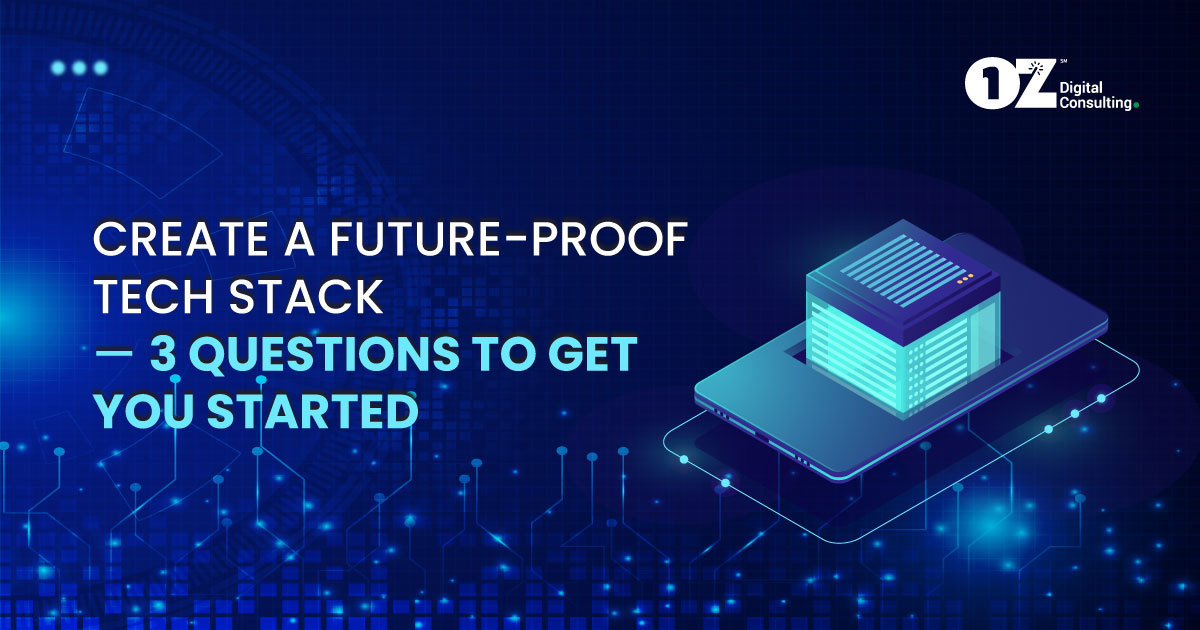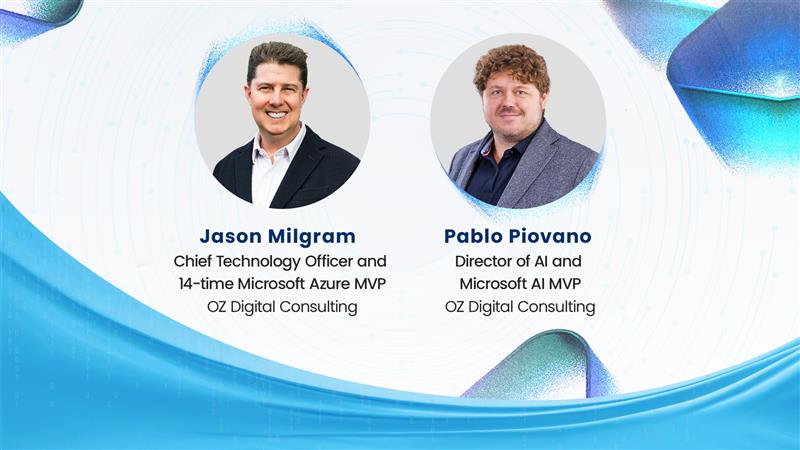Carriers are playing catch-up with today’s customers. But customers seem to be winning. They’re always a step ahead, shifting from one channel to another to get what they want – faster.
According to a recent Equisoft commissioned study, “The average customer expects companies to provide secure digital experiences that allow them to quickly complete tasks from their devices.”
Legacy systems alone can’t keep up with customer expectations. The core processes and platforms that emerging technologies need don’t work as efficiently with legacy stacks.
Building an insurance business using multiple systems that don’t talk to each other and forcing your digital-focused customers to switch between them isn’t sustainable.
Improving the customer experience calls for greater digital transformation, real-time customer service across all channels, and superior data and analytics capabilities. With the rise of newer technologies that need massive computing power to support huge datasets, carriers have their work cut out.
However, before you embark on digital transformation, here are some questions worth asking:
Three questions to help your digital transformation process
1. Do you upgrade or build from the ground up, and how do you future-proof your tech stack?
Don’t “rip and replace,” instead “wrap and renew”
Tearing out outdated systems and replacing them with new ones may seem obvious. But this can be incredibly costly and time-consuming. Sometimes, multiyear projects could run into millions of dollars. Plus, with stretched IT budgets, the business may not have the appetite for it. Instead, depending on your operating model, explore how you can leverage your assets in a new way.
You don’t have to rip and replace your legacy system; instead, you can “wrap and renew”: with automation, APIs, and microservices architecture capabilities today, you can — with the right integration expertise and services — make those systems work.
Build a proprietary platform aligned with your business goals
If you’d like to build a proprietary platform, ensure you map your organizational goals and vision with the functionality needed to achieve them. Identify tangible deliverables and visualize your current operations more holistically.
Visualization is a highly effective way to grasp the impact of inefficiencies and start to structure specific solutions around your goals. The data helps you and the rest of your team align around a unified vision. The guided research, visualization, and discussion will illuminate the technologies that best support the outlined architecture.
2. How do you manage costs, understand the ROI, and ensure stakeholder approval and support?
Every insurer talks of digital transformation, but how do you transform digitally when the path ahead isn’t always linear? “Often, digital transformation is reduced to a tool or a technology, and not viewed through the lens of the overall business strategy. As a result, tech investments don’t always align with business goals.” according to Murray Izenwasser, SVP, Digital Strategy at OZ Digital Consulting.
People believe digital transformation is about acquiring new tech. Rather, it starts with reimagining the fundamental business practices that are required to make that technology effective in the first place. Your investments in technology have a lot to do with your operating model. It must align with your long-term business goals.
For technology investments to strategically maximize returns, you must:
- Determine the digital channels with potential for growth within your industry,
- Examine the role of emerging technologies — like AI and ML — in increasing productivity or improving customer experiences.
- Endorse only those technology investments that support long-term business objectives and short-term wins.
Aligning IT functions with company-wide strategic priorities
Technology leaders must collaborate with various departments across the organization — both within the company and the ecosystem — customers and partners.
No single person can drive transformation on their own.
- Bring CIOs, CTOs, senior executives from various departments, and other key stakeholders together to identify opportunities that support business objectives.
- Incorporate technology investments into the company’s overall strategic plan.
- Prioritize IT projects based on their potential influence on the company’s operations.
- Establish clear metrics for evaluating success and regularly review to assess progress so you can adjust your strategy or resource allocation.
3. How do you integrate cloud technology into your current ecosystem and allow scalability?
It’s over a decade since the first corporate cloud experiments began. Many companies since have shifted to the cloud. The insurance industry isn’t far behind. Cloud technology has provided the computing power required by huge datasets and their analysis, allowing insurers to be nimbler and more adaptive.
But how can you harness the cloud in its many forms —whether it’s new digital revenue streams, smarter ways of working, on-demand software applications, data and infrastructure services, or delivering great customer experiences? It can be overwhelming.
Take a business-first approach to leveraging the cloud
Start with the business outcome you’re after. Rethink how cloud technology can help you get there more quickly.
Make it scalable
Cloud combined with IoT, AI, and analytics act as “force multipliers” for digital strategy.
As you advance along your digital transformation journey, core system functionality can be boosted with APIs that speed up integrations and the cloud to clear up the hurdles of software upgrades and releases.
- Focus cloud investments on business domains where cloud platforms can bring higher revenue and improve margins.
- Select the right technology solution, sourcing, and migration model for different business units, including the services that need to be indexed in the cloud.
- Change operating models to capture cloud value and smooth scalability.
There isn’t one way or one approach or single technology that works for everyone. The best combination of tools and processes will vary from one organization to the other. But whatever your vision — based on your operating model and business goals — thinking and building digitally sets you up to be agile, flexible, and ready to grow.
OZ Digital Consulting helps you get the most out of your digital transformation journey. Interested in how OZ can help your business? Book a strategic session with our experts today.




